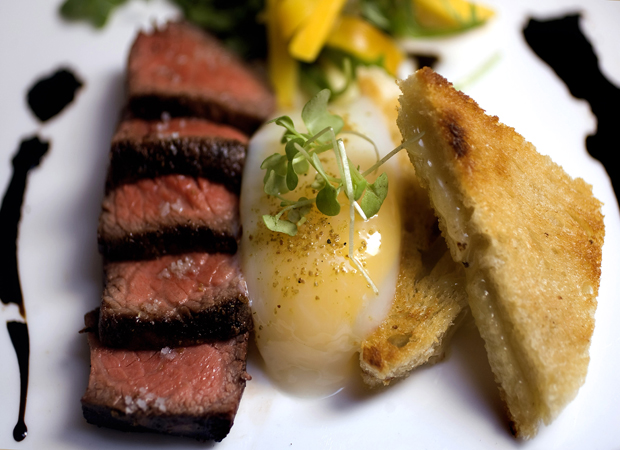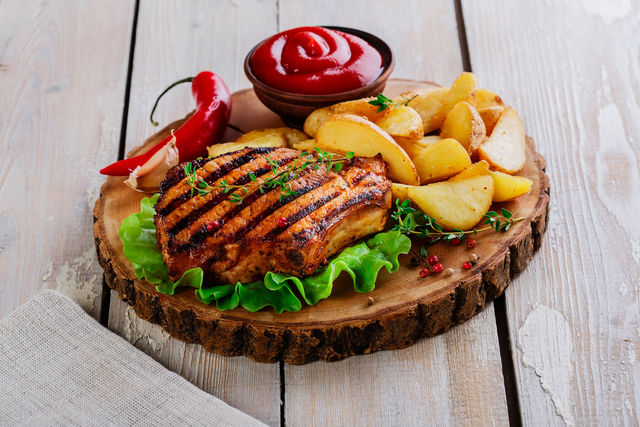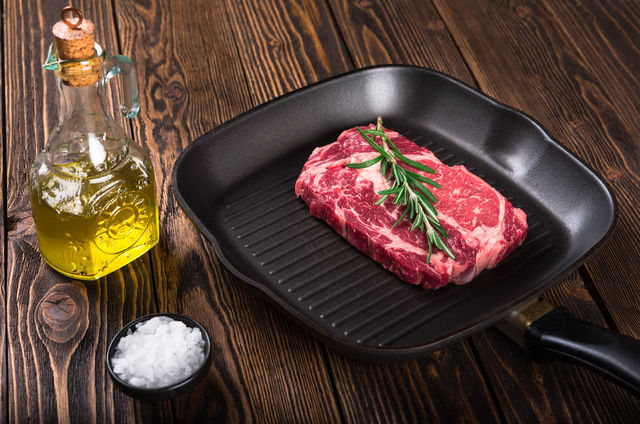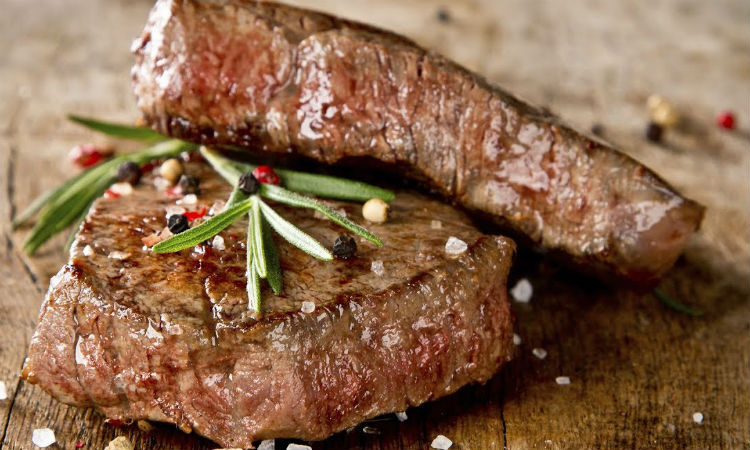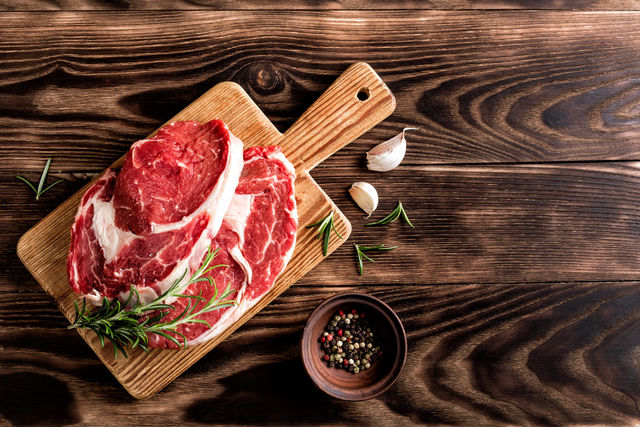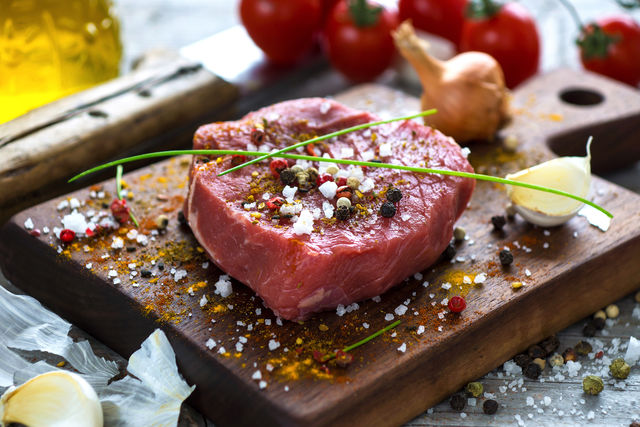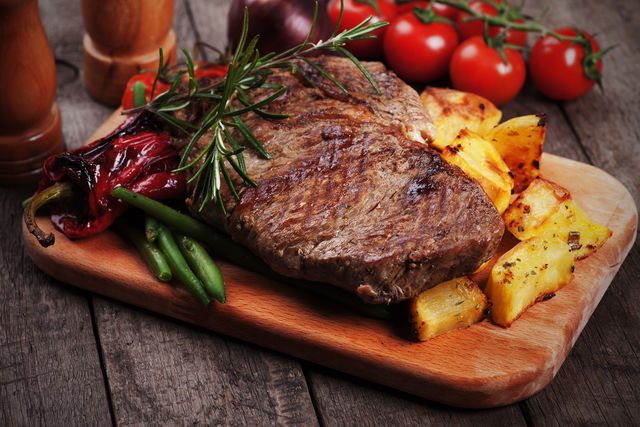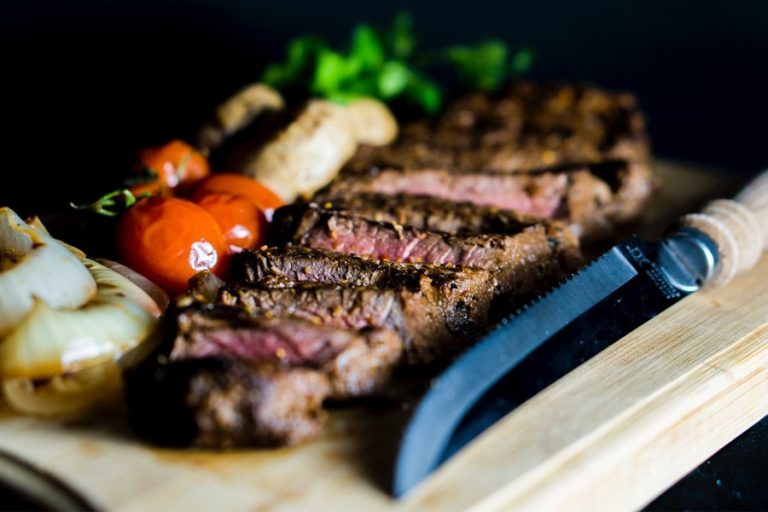Despite the wide selection of pans and ovens, you can only grill a steak with a unique campfire aroma. Flawless meat has its own secrets: the right choice of cuts, a good recipe, and many small nuances of cooking. We will gladly open them for you.

- The claim that salt makes a steak tough is rooted in not knowing when to salt meat. Dip it in salt and pepper just before going to the grill. If you do this in advance, the salt will wash out all the juice from the meat, and it will become dry. Timely application of spices will help create a crispy crust and a distinct flavor.
- To get a good crust, you also need to remember: the meat is turned over once during frying.
- Make sure that the fire does not come into direct contact with the meat. Otherwise, the fat will char, and carcinogens will begin to be produced in it.
- Do not cut or pierce the steak to find out what stage of cooking it is. It is checked by pressing the piece with your finger. If it quickly takes its former shape, the meat is raw or lightly cooked. If slow, medium. And if it regains its shape, the steak is overcooked.
- The intense heat will quickly give the meat a ruddy color and crust. Preheat the grill before grilling on all burners for 5 minutes.
- Marinate and put the meat on the wire rack with your hands. And to turn the pieces – with forceps with silicone tips. The fork will make holes in the steak, through which the precious juice will flow out.
- Remember that meat will still cook after removing it from the wire rack. Due to the redistribution of the juice, the temperature inside will even rise. Do not cut the piece right away, but leave it to condition on a warm plate for 5 minutes or wrap it in foil.
- Food photography tip: melted butter or olive oil will add juiciness and shine to the dish.

